The main draw of Gravity Runner is its aesthetics — the bright neon colors and synthwave soundtrack do wonders to sell the vibe and it works quite well in practice. It’s a sharp but intriguing contrast to the game’s premise — it puts us in control of an orange-clad astronaut running for his life from an ever-growing black hole. It’s all very surreal and I really do appreciate it. However, the visuals and sounds can’t save a game if its mechanics aren’t well-designed and polished, which is where Gravity Runner really misses the beat. It’s posed as a challenging, arcade-style, physics-based 3D platformer and well… It really is all of those things, for better or for worse.
Gravity Runner
Nintendo Switch and Windows PC
Developed and Published by Two Dog Games
Released: 15th December 2021
£17.99 on the Nintendo eShop
Let’s go over the game’s main mechanics. To escape the black hole, we need to jump from platform to platform, always in a forward direction, until we reach the end of a level. The twist is that the platforms themselves are heavily affected by the black hole’s gravity well and also react to your own character’s weight while jumping from one to another. So even when replaying the same level, platforms aren’t always going to be in the same spot.

That would be fine and even an intriguing novelty if the astronaut’s controls were sharp and precise. In my experience, that was not the case — even though I’m generally pretty good at platforming games, I was constantly struggling to land jumps. I’m not sure if there is some actual input lag on the Switch version or if the game’s physics are designed like that, but I always felt like the controls were slow and unresponsive. There’s also the occasional difficulty in estimating depth when jumping forward in a 3D environment, something that could have been aided with an accessibility option.
During the levels there are cassette tapes that you can collect. They serve to add to your score and to unlock additional levels, but also grant you the ability to double-jump for a short period of time. And I do mean short, it’s something around three seconds. It can sometimes help you survive, but I faced two problems with them: first, since they last so little, I did not find the double-jump option a reliable approach to the platforms; and second, the strange behavior of the controls and physics made it so the additional air time did not help me much in most cases.

Then there are the platforms themselves. Their physical reactions to the character and the black hole is cool, but can often lead to impossible situations. When you fall, you re-appear on the last stable platform and the black hole grows some meters, but the platforms keep their configuration. Many times, I found out that two platforms had drifted too far apart from each other, or that a platform that I really needed was now in a vertical orientation and could not hold me. Sometimes, the game doesn’t adequately find a stable platform for you to respawn on, so you just drop straight into the void two or three times in a row. Good fun.
Since the camera is always pointing straight ahead and the black hole is creeping up behind you, there’s no visual indication of how close you are to your doom. The bottom of the screen shows the distance to the black hole in text, but it’s really not an ideal way of quickly checking your status while performing some tricky jumps. We do see the black hole on-screen when it’s only a few meters away, but that causes the framerate to tank and any chance of avoiding death with precise jumps is gone.

Finally, there is the matter of the progression system. The levels aren’t particularly distinct visually and there’s no indicator before or during it to show which one you are in. I’ll admit I was very confused, uncertain if I was replaying the same level or if the game had procedural level design. Only on my second time picking up the game did I realize there’s a level select screen, which helps but is still a little confusing. The game sets itself up as an arcade experience, focusing on high scores (including a pointless leaderboard) rather than progress through the levels.
Ultimately, I had to put the game down. I gave it a few chances, but I realised it was more frustrating than fun every time I tried. Even if it may be challenging by some metric, I derived no pleasure in fighting against the controls and hoping the platforms would align as needed for my jumps to succeed.
Rating: 2 out of 5


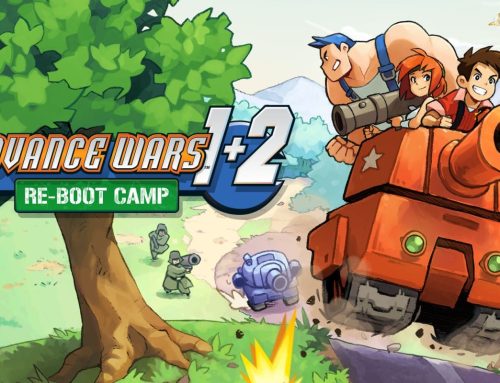
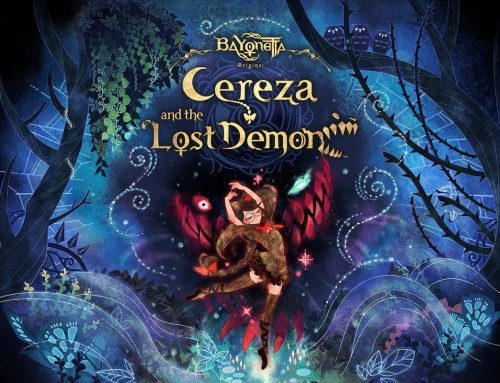
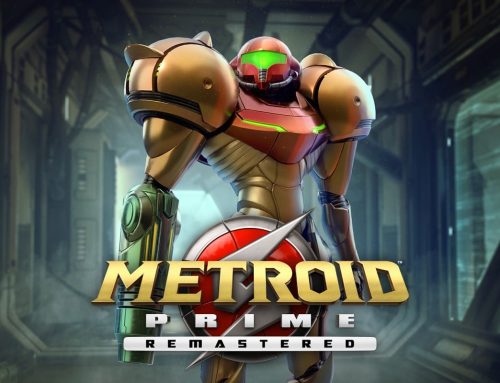
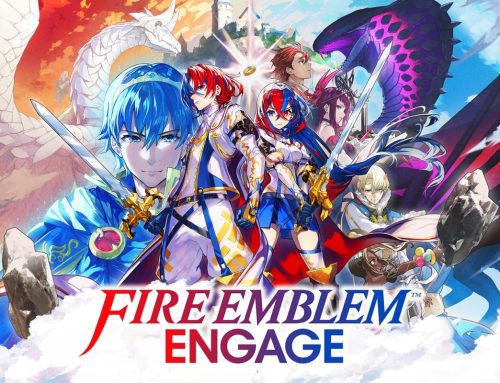
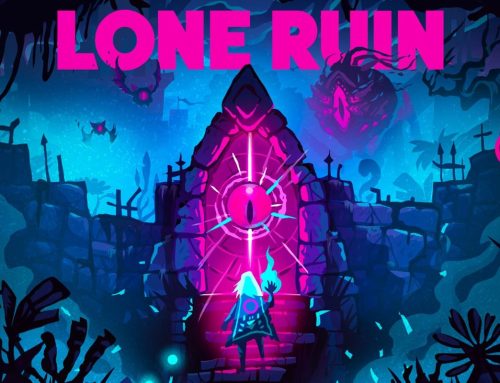

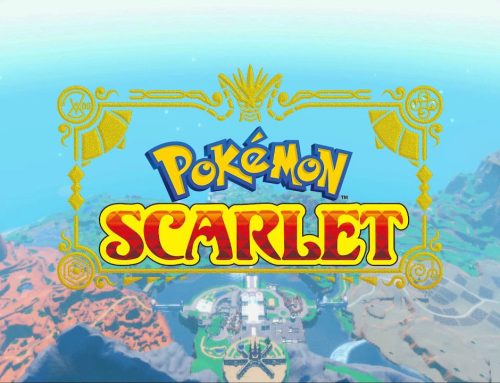
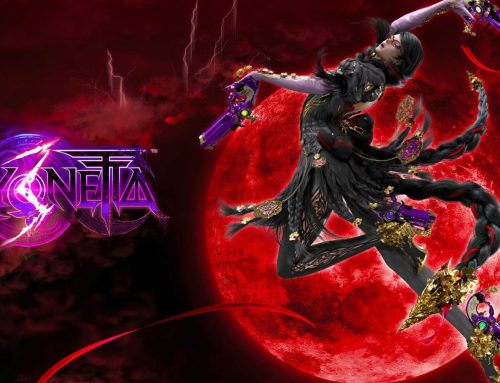
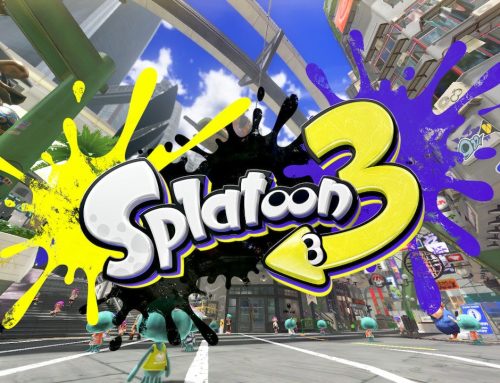

Leave A Comment
You must be logged in to post a comment.